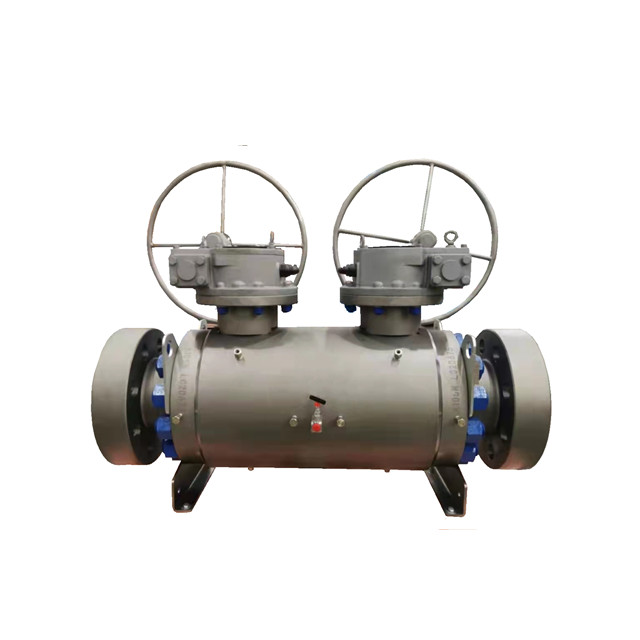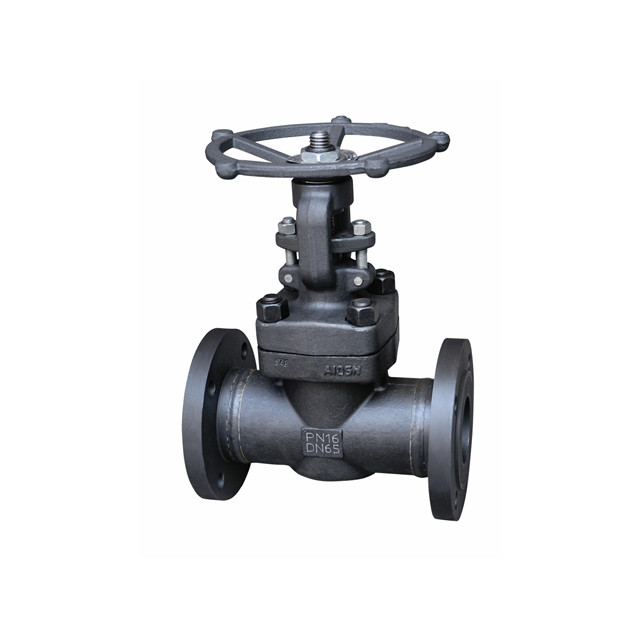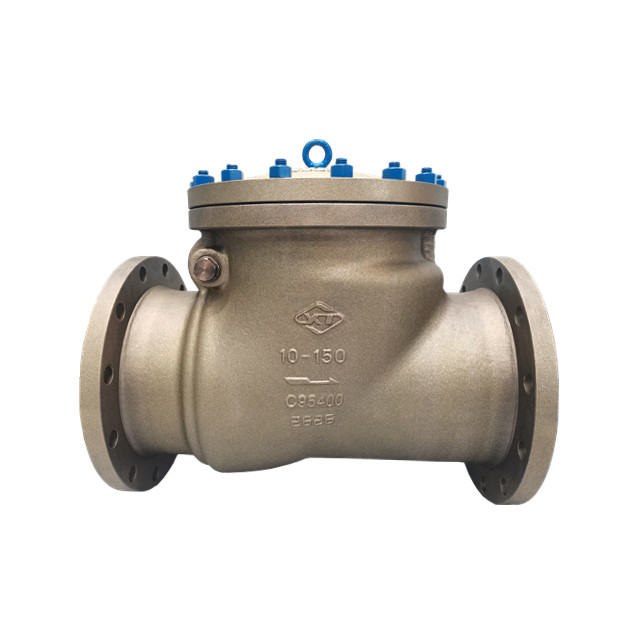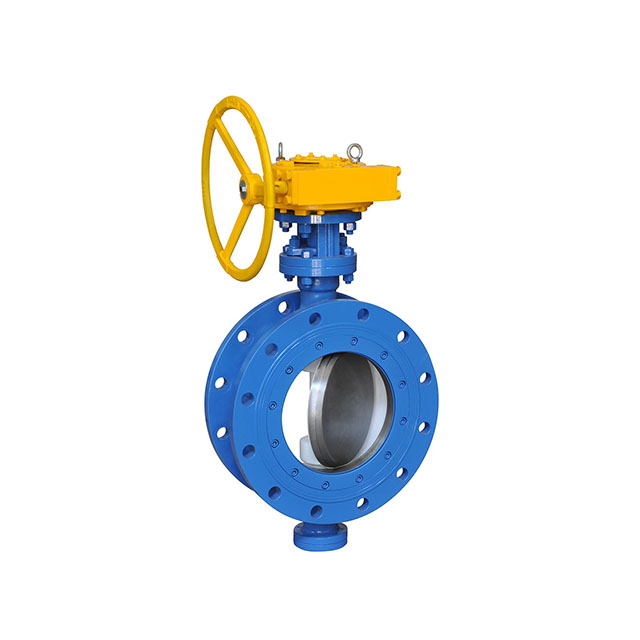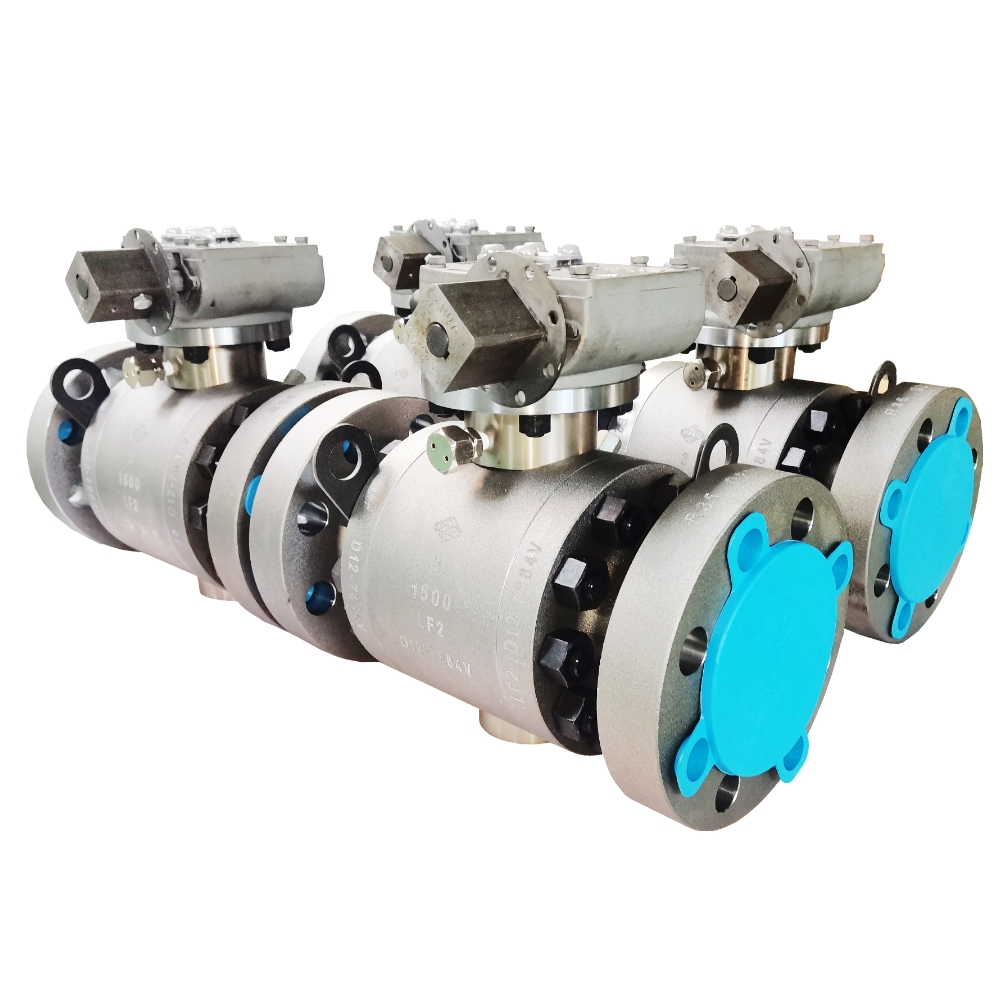Table of Contents
Toggle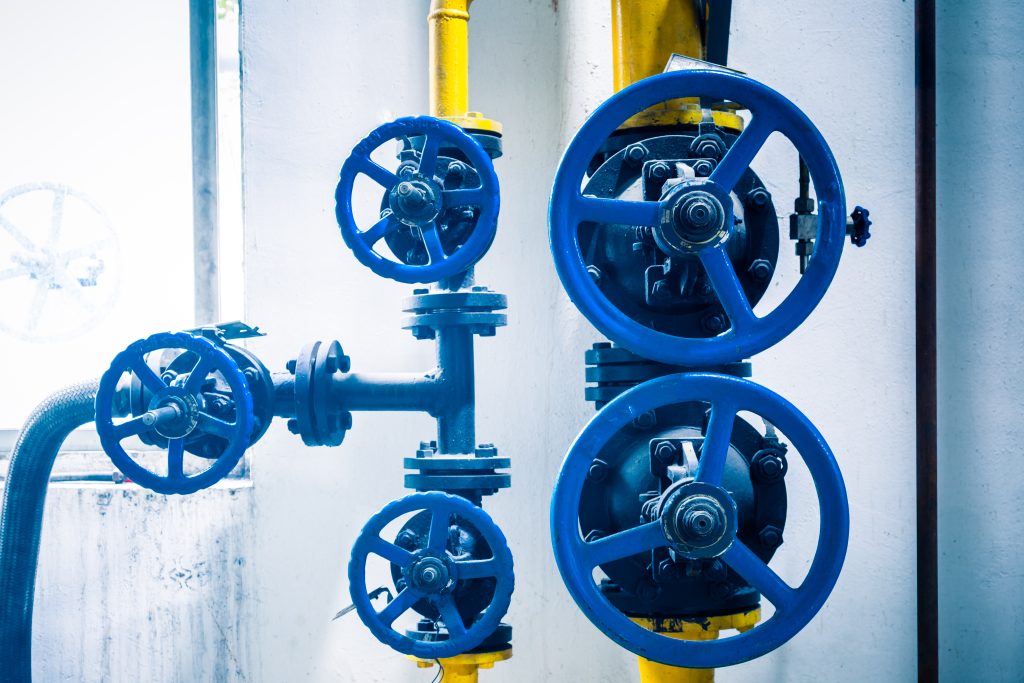
When it comes to regulating the flow of fluid, valves are vital in the oil and gas industry. They protect equipment, regulate the flow of crude oil, and refine oil. There are various types of valves used in the oil and gas industry.
The purpose of each type of valve varies. But the common characteristic of each type is that it controls the flow. For example, a globe valve controls the flow rate in a pipeline. A shutoff valve, on the other hand, prevents the backflow of fluid. The latter type of valve can prevent damage to downstream equipment.
If you want to know about the different types of valves used in oil and gas fields, continue reading this article.
What Is A Valve?
If you’ve ever had to deal with a pipeline fluid delivery system, you’ve probably wondered: “What are valves?” These devices control the flow and regulate downstream system pressure. These devices also serve as backup systems. There are several types of valves, each with different characteristics and applications. They control the flow of different types of fluids, as well as how they operate.
In any system, there’s a need to regulate the flow of control discharge. Valves regulate the amount of fluid by allowing the flow to be limited or stopped. They can be large or small, depending on their purpose and application. In general, valves come in a variety of materials. The size, shape, and mechanical properties vary widely from one another.
Valves can be made of plastic or metal. They contain several parts, depending on their design. One part of the valve is called the seat, and it fits inside the seat when the valve is closed. A valve can also be manually operated or controlled by a mechanism. The mechanism of a valve will depend on the application, but it’s often mechanical and requires a human to operate.
What Types of Valves Are Used in the Oil and Gas Industry?
You may have heard of various types of valves in the oil and gas industry. Read on to learn more.
There are many types of valves for the oil and gas industry, including gate valves. They are commonly used in pipelines, and their slack or tight seal allows for minimal pressure loss. Due to the high pressures and temperatures associated with the oil and gas industry, valves are used to protect the process from leakage or explosion. These valves are designed to withstand these extreme temperatures and ensure reliable operation. However, the oil and gas industry is also highly temperature-sensitive, making them a necessary component for petrochemical pipelines. There are several types of gate valves for the oil and gas industry. A double-expanding gate valve is an example of such a valve. It expands in both open and closed positions and has a sealed seat. Single-expanding gate valves, on the other hand, expand in only one position, and fluid can leak into the cavity.
There are two kinds of globe valves: manual and automated. Manual globe valves require a manual opening and closing operation, while automated globe valves are operated by an actuator assembly. Regardless of the application, globe valves are the ideal solution for pipe isolation. These valves are used to control pipeline flow through an arrow-shaped plug-type element. Because they work linearly, they are often used for cooling water systems, turbine lube oil systems, throttling services, and isolation applications. Because they’re so simple to install and maintain, they’re also popular in the petrochemical industry. Oil and gas operations rely on a pipeline system. Proper control systems and pipeline infrastructure are crucial to oil and gas operations. Globe valves help ensure pipeline safety. These valves can control the flow rate of fluids while isolating equipment and protecting personnel.
You can find check valves in a wide variety of designs, sizes, and materials. No matter what your application is, there is a check valve to suit it. One-way valves only flow in one direction. To prevent backflow, they must be installed in the direction of the intended flow. Otherwise, a buildup of pressure could result. And this can cause the valve to fail. Check valves are widely used in the oil and gas industries. As you can see, check valves are extremely important for the oil and gas industry. From drilling mud to regulating the flow of oil, check valves are used to prevent the loss of oil. A well-maintained check valve will guarantee consistent performance over the life of an oil well. So, make sure to look for these valves when choosing a check valve. You can find them in a wide range of sizes and materials.
A butterfly valve is a type of mechanical valve that has a disc that extends out of its body at specified angles. These discs are secured to the stem by bolts or pins. The flow control element in a butterfly valve is a disk that rotates on a horizontal or vertical axis. When the disk is parallel to the piping run, the valve is fully opened, and when it is perpendicular, the flow stops. Butterfly valves are crucial in oil and gas operations. These valves prevent backflow from the contaminated fluid. Butterfly valves are essential in the oil and gas industry because they protect the equipment downstream.
- Plug Valves
Plug valves consist of a plug-shaped disk that has a hole in the middle. When the valve is closed, a cylindrical or tapered plug blocks the passage. Generally, plug valves have multiple ports. In this way, they can separate different kinds of mediums. They are often used in pipelines for unrefined petroleum products. Plug valves are also ideal for biogas production.
Ball valves can be used in pipelines for high-pressure liquids or gases. Their simple design allows for quick shutoff and turn-on and minimizes pressure loss. The hollow center of a ball valve aligns with the pipe when the valve is open, and the ball will stop the flow when the valve is closed. These valves have great versatility and a long lifespan. This makes them the perfect choice for the oil and gas industry.
- Slam-Shut Valves
This is another type of valve which is used in oil and gas fields. As the name goes, these valves provide additional safety for equipment. It is mostly installed before a regulator and stays open until there is any pressure change. Once it detects pressure change, the valve automatically shuts off the flow. After that, if you want to reopen it, you can do it manually. This type of valve is often known as a relief or safety valve. It is essential in oil and gas fields to prevent any accidents.
